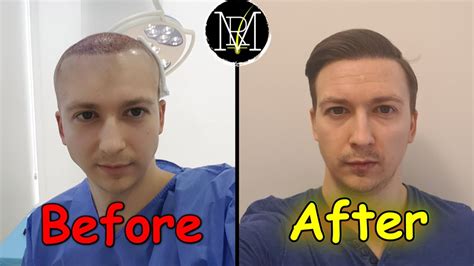Introduction
Bald head patches, also known as alopecia areata, is a common autoimmune condition that affects millions of people worldwide. It is characterized by the sudden appearance of smooth, round patches of hair loss on the scalp, and can range from mild to severe. While there is no cure for alopecia areata, there are a number of treatments that can help to manage the condition and promote hair regrowth.

Causes of Bald Head Patches
The exact cause of alopecia areata is unknown, but it is thought to be an autoimmune disorder in which the body’s immune system attacks the hair follicles. This attack leads to inflammation and damage to the hair follicles, resulting in hair loss.
Risk Factors for Bald Head Patches
There are a number of factors that can increase the risk of developing alopecia areata, including:
- Family history: People with a family history of alopecia areata are more likely to develop the condition.
- Certain medical conditions: Alopecia areata is more common in people with certain medical conditions, such as thyroid disease, lupus, and vitiligo.
- Stress: Stress is a known trigger for alopecia areata.
- Certain medications: Some medications, such as chemotherapy drugs, can cause hair loss.
Symptoms of Bald Head Patches
The most common symptom of alopecia areata is the sudden appearance of smooth, round patches of hair loss on the scalp. These patches can vary in size, from small circles to large areas that cover the entire scalp. In some cases, alopecia areata can also affect other areas of the body, such as the eyebrows, eyelashes, and beard.
Diagnosis of Bald Head Patches
Alopecia areata is diagnosed with a physical examination and a review of the patient’s medical history. In some cases, a biopsy may be necessary to confirm the diagnosis.
Treatment for Bald Head Patches
There is no cure for alopecia areata, but there are a number of treatments that can help to manage the condition and promote hair regrowth. These treatments include:
- Topical medications: Topical medications, such as minoxidil and corticosteroids, can be applied to the scalp to help promote hair growth.
- Oral medications: Oral medications, such as finasteride and dutasteride, can be used to block the production of dihydrotestosterone (DHT), a hormone that can contribute to hair loss.
- Light therapy: Light therapy involves exposing the scalp to ultraviolet (UV) light. This treatment can help to suppress the immune system and promote hair growth.
- Surgery: Surgery may be an option for people with severe alopecia areata. This surgery involves removing the affected area of scalp and grafting it with healthy hair follicles.
Prognosis for Bald Head Patches
The prognosis for alopecia areata varies from person to person. In some cases, the hair loss is temporary and the hair will grow back on its own. In other cases, the hair loss is permanent.
Coping with Bald Head Patches
Bald head patches can be a difficult condition to cope with, both physically and emotionally. There are a number of resources available to help people cope with the condition, including support groups, online forums, and counselors.
Conclusion
Bald head patches are a common condition that can affect people of all ages. While there is no cure for the condition, there are a number of treatments that can help to manage the condition and promote hair regrowth. If you are experiencing hair loss, it is important to see a doctor to rule out any underlying medical conditions and to discuss treatment options.
